Stockholm, the capital city of Sweden, has a rich history of urban development that spans over several centuries. Here’s a brief overview of key periods and aspects of Stockholm’s urban history:
- Medieval Origins (13th Century):
- Stockholm was founded in the 13th century, around 1250, on the central island of Gamla Stan (Old Town). The city’s location was chosen for its strategic position on islands and along the trade routes of Lake Mälaren.
- Hanseatic Period (14th-15th Centuries):
- During the Hanseatic period, Stockholm became a member of the Hanseatic League, a powerful medieval trading alliance. The city grew as a center for commerce, and its architecture began to reflect the wealth generated from trade.
- Vasa Era (17th Century):
- The 17th century saw the construction of many important buildings, including the Royal Palace and the Vasa warship. The Vasa, which sank on its maiden voyage in 1628, was later salvaged and is now housed in the Vasa Museum.
- 18th Century Enlightenment:
- Stockholm underwent significant urban planning and development during the Enlightenment. King Gustav III implemented reforms and beautification projects, including the creation of public parks and the establishment of cultural institutions.
- Industrialization (19th Century):
- The 19th century brought industrialization, leading to population growth and changes in urban structure. The city expanded beyond the confines of Gamla Stan, and new neighborhoods emerged. The industrial revolution brought economic shifts and the development of transportation infrastructure.
- Modernization and 20th Century Changes:
- The early 20th century brought further urbanization and modernization. The expansion of public transportation, such as the subway system, played a crucial role in shaping the city. Architecture evolved with the introduction of functionalist and modernist styles.
- Post-War Period and Contemporary Development:
- After World War II, Stockholm experienced suburbanization, with the development of satellite towns. The city continued to grow economically and culturally, becoming a hub for technology, design, and innovation.
- Environmental and Social Considerations:
- In recent decades, Stockholm has prioritized sustainability and environmental consciousness in its urban planning. The city has invested in green spaces, bike-friendly infrastructure, and initiatives to reduce carbon emissions.
- Cultural and Architectural Heritage:
- Stockholm preserves its historic character, particularly in Gamla Stan, where cobblestone streets and medieval buildings transport visitors back in time. The city also embraces modern architecture, as seen in areas like Norrmalm and Hammarby Sjöstad.
- Island Cityscape and Waterways:
- One of Stockholm’s unique features is its archipelago and connection of islands. The city is built on fourteen islands connected by bridges, contributing to its distinctive and picturesque waterfront.
Overall, Stockholm’s history of urban development reflects a harmonious blend of medieval charm, historical significance, and modern functionality. The city’s commitment to sustainability and quality of life has contributed to its reputation as a vibrant and dynamic European capital.

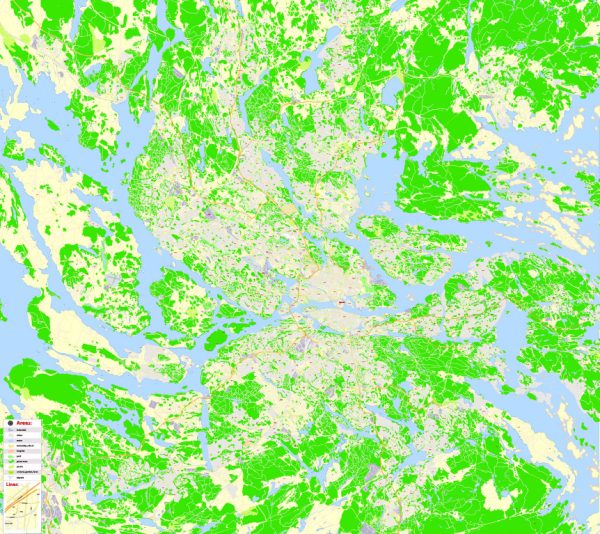
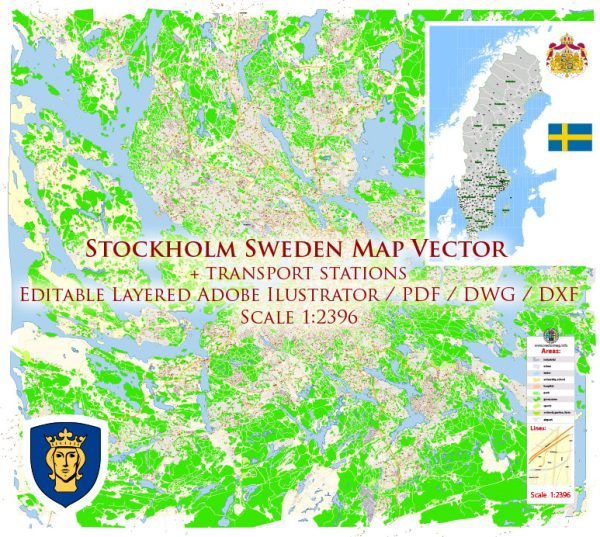
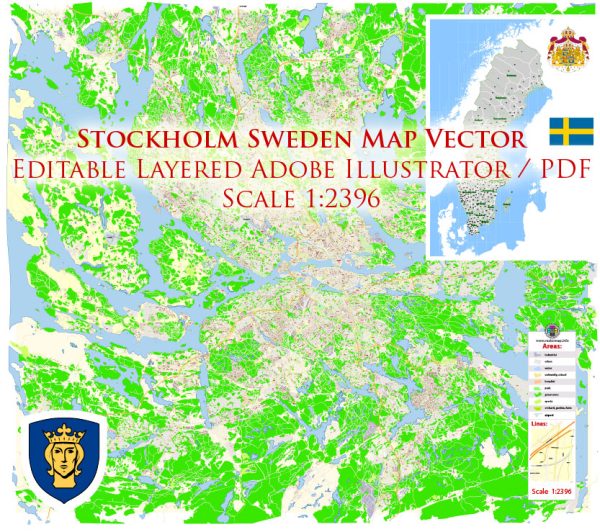
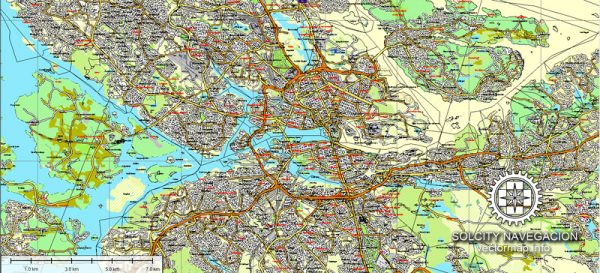
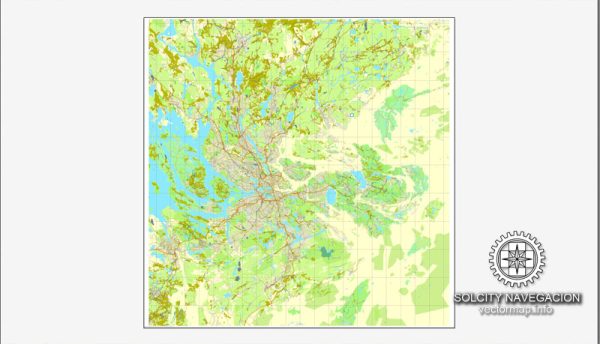
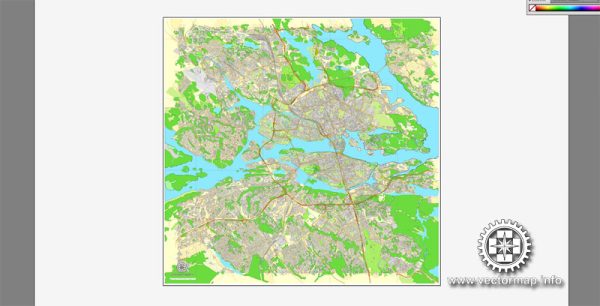
 Author: Kirill Shrayber, Ph.D.
Author: Kirill Shrayber, Ph.D.